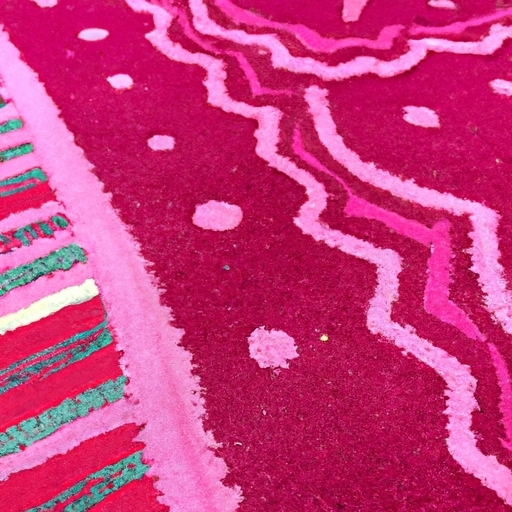
Historical Significance of Aztec Drums
how to coordinate area rugs in your home
When it comes to coordinating area rugs in your home, one important factor to consider is the size and shape of your room. Before purchasing any area rug, it is crucial to take accurate measurements of your room to ensure a proper fit and complement the space.
By measuring your room beforehand, you can avoid the disappointment of buying an area rug that ends up being too small or too large for the designated area. A well-fitted rug will not only enhance the overall aesthetic appeal but also create a balanced and harmonious atmosphere within the room.
To begin, grab a measuring tape and carefully measure the length and width of your room. Make sure to account for any irregularities such as alcoves or nooks that might affect the placement of your rug. Once you have these measurements, you can start considering different shapes and sizes that would best suit your space.
The next step is to determine how you want to arrange furniture on top of the area rug. This decision largely depends on personal preference and style. Some may prefer having all furniture legs resting on the rug while others may opt for just the front legs. Either way, make sure there is enough space around each piece for easy movement.
Now comes the fun part - selecting a pattern or design that complements your existing décor. If you already have bold patterns or vibrant colors in your furniture or wallpaper, choosing a more neutral or subtle patterned rug would help balance out the visual aesthetics of the room. On the other hand, if you have minimalistic furnishings, opting for a bold or intricate pattern could serve as a statement piece.
Lastly, don't forget about texture! Different textures can add depth and dimension to a space while also providing comfort underfoot. Consider factors such as durability and ease of cleaning when selecting materials like wool, sisal, silk, or synthetic fibers.
In conclusion, coordinating area rugs in your home involves careful consideration of size, shape, arrangement with furniture, pattern, and texture. Taking accurate measurements of your room is essential to ensure a proper fit and avoid any disappointments. By selecting the right area rug, you can transform your space into a visually appealing and harmonious environment that reflects your personal style.